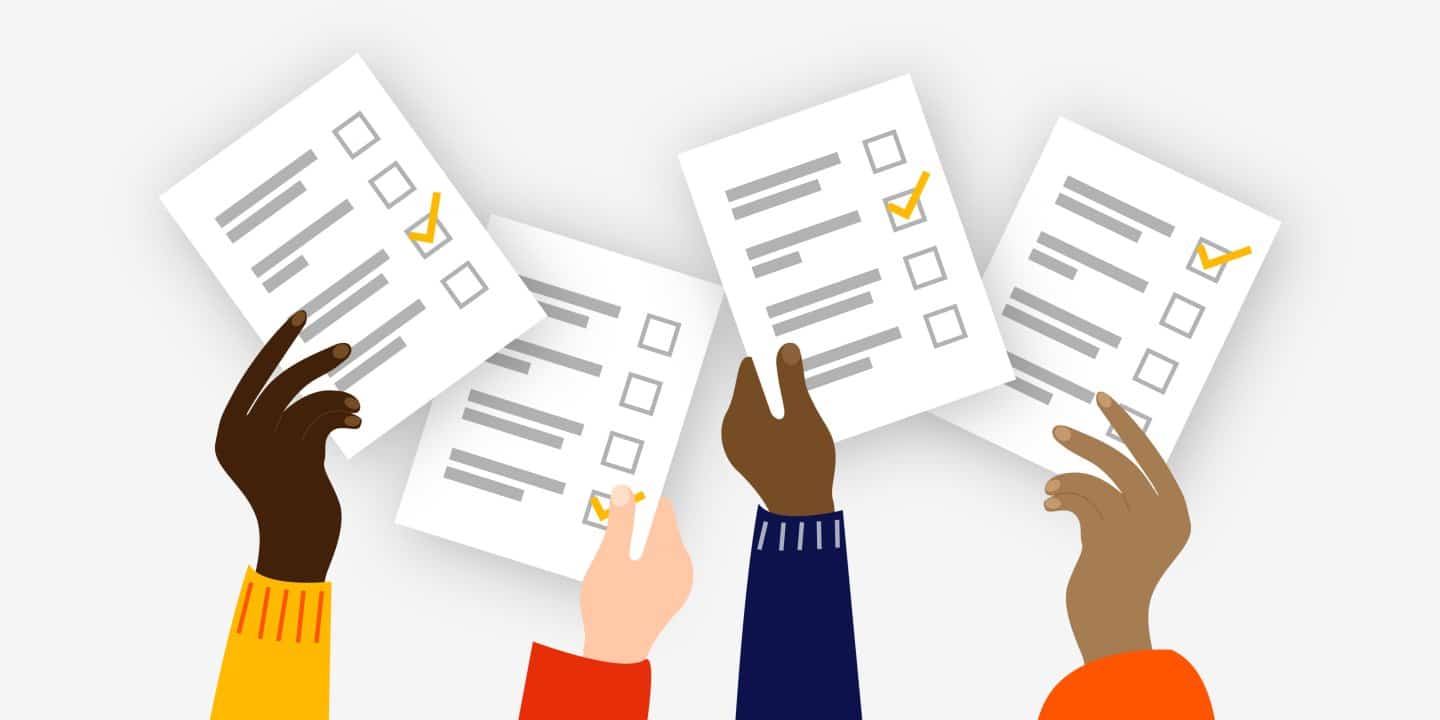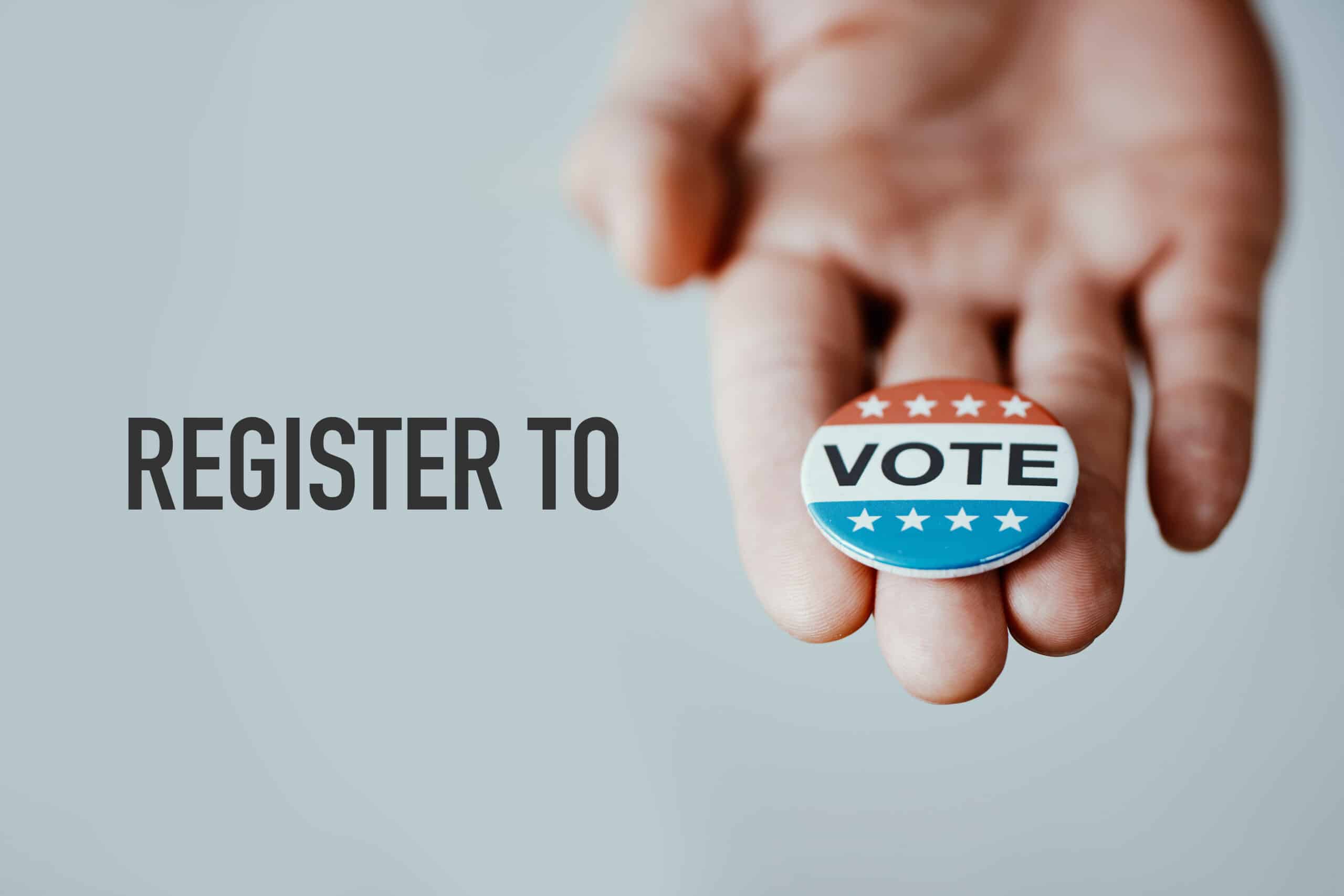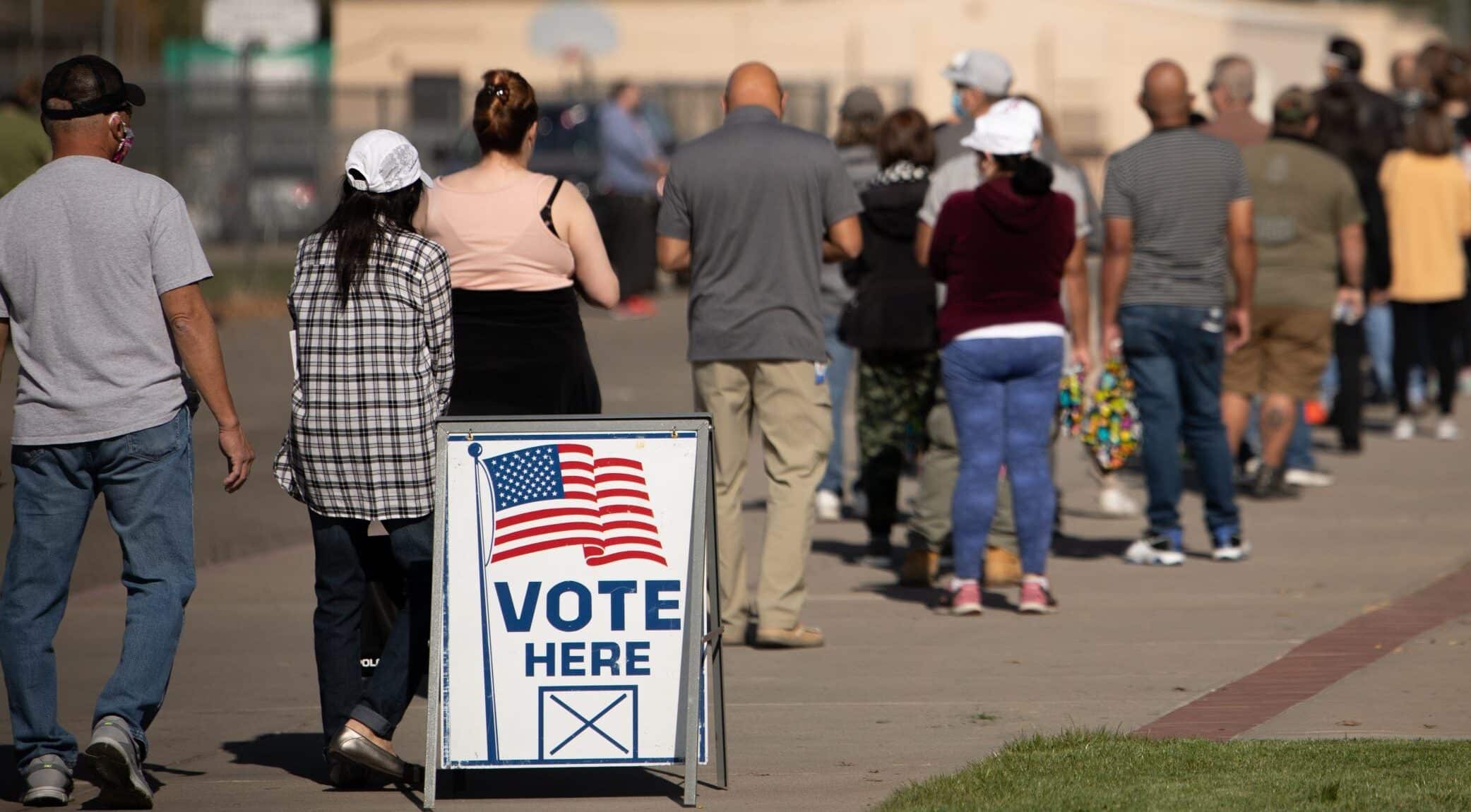Voting is a fundamental right and responsibility in the United States, serving as the cornerstone of the country’s democratic process. With the upcoming general election scheduled for November 5, 2024, it’s crucial for eligible voters to understand how to participate in this essential civic duty. This guide will walk you through the process of voting in the US, from registration to casting your ballot.
Voter Eligibility

Voter Eligibility
To vote in US elections, you must meet certain qualifications:
- Be a US citizen
- Be at least 18 years old on or before Election Day
- Meet your state’s residency requirements
- Be registered to vote by your state’s deadline
It’s important to note that some states have additional requirements. For example, some states may disqualify individuals with felony convictions from voting, while others restore voting rights after completion of sentences.
Voter Registration
Registering to vote is a critical step in the voting process. In most states, you must be registered before you can cast a ballot. Here are the primary methods for voter registration:

Voter Registration
Online Registration
Many states offer online voter registration through vote.gov. This user-friendly platform allows you to complete your registration quickly and securely.
Mail-In Registration
You can register by mail using the National Mail Voter Registration Form. This form is available in multiple languages and can be downloaded from the US Election Assistance Commission website.
In-Person Registration
Visit your local election office, DMV, or other designated government agencies to register in person. Some states also offer same-day registration at polling places on Election Day.
Registration Deadlines: Deadlines vary by state, ranging from 30 days before the election to same-day registration. It’s crucial to check your state’s specific requirements and register well in advance of the election.
Required Documentation: When registering, you’ll typically need to provide:
- Your full legal name
- Date of birth
- Proof of citizenship (e.g., US passport, birth certificate)
- Proof of residency (e.g., utility bill, government document)
- Driver’s license or state ID number (in some states)
Voting Options
Once registered, voters have several options for casting their ballots:

Voting options
In-Person Voting on Election Day
This traditional method involves visiting your assigned polling place on Election Day. To find your polling station, check your state or local election office’s website or use the Get to the Polls tool.
Voter ID Requirements: Some states require voters to show identification at the polls. Requirements range from strict photo ID to non-photo ID or no document requirements at all. Check your state’s specific rules before heading to the polls.
What to Expect: At the polling place, you’ll check in with poll workers, receive your ballot, and cast your vote in a private booth. If you need assistance, poll workers are available to help.
Early In-Person Voting
Many states offer early voting periods, allowing voters to cast their ballots in person before Election Day. This option can help avoid long lines and accommodate busy schedules.
Early voting dates and availability vary by state, so check with your local election office for specific information. Some states may offer early voting up to 45 days before the election, while others may have shorter periods.
Absentee and Mail-In Voting
Absentee and mail-in voting have become increasingly popular, offering convenience and accessibility to voters who cannot or prefer not to vote in person[6].
Eligibility: While some states require a specific reason for voting absentee (such as illness or being out of the country), others offer “no-excuse” absentee voting, allowing any registered voter to request a mail-in ballot.
Requesting a Ballot: To vote by mail, you typically need to request an absentee ballot from your local election office. Many states allow you to request a ballot online, by mail, or in person. Some states automatically send mail-in ballots to all registered voters.
Deadlines: Pay close attention to deadlines for requesting and returning your ballot. These vary by state but generally range from a week to several weeks before Election Day for requests, and ballots must usually be postmarked by Election Day or received shortly after.
Special Voting Circumstances

Special Voting Circumstances
Military and Overseas Voters
US citizens living abroad and military personnel stationed overseas can vote through the Federal Voting Assistance Program (FVAP)[6].
- Register and request your ballot using the Federal Post Card Application (FPCA)
- Receive your ballot electronically in most cases
- Use the Federal Write-In Absentee Ballot (FWAB) as a backup if your official ballot doesn’t arrive in time
Voters with Disabilities
The Americans with Disabilities Act requires polling places to be physically accessible to people with disabilities. Additionally:
- Voting machines must be accessible, including audio ballots for visually impaired voters
- Voters can request assistance from a person of their choice or poll workers
- Some states offer curbside voting for those who cannot enter the polling place
Understanding the Ballot
Preparing before you vote can help you make informed decisions and save time at the polls.
Types of Elections
- Federal Elections: President, Senate, House of Representatives
- State Elections: Governor, state legislators, judges (in some states)
- Local Elections: Mayor, city council, school board, local initiatives
Researching Candidates and Issues
- Review official candidate websites and campaign materials
- Attend local candidate forums or debates
- Consult nonpartisan voter guides from organizations like the League of Women Voters
Sample Ballots
Many election offices provide sample ballots before the election. These allow you to:
- Familiarize yourself with the layout and content of the actual ballot
- Research candidates and issues in advance
- Make your choices ahead of time to speed up the voting process
Election Security and Integrity
Ensuring the security and integrity of elections is crucial for maintaining public trust in the democratic process.
Security Measures:
- Paper ballots or verifiable paper trails for electronic voting machines
- Regular testing and certification of voting equipment
- Strict chain of custody procedures for ballots and voting machines
Reporting Concerns: If you witness suspicious activity or voter intimidation, report it immediately to:
- Poll workers or election officials
- Your state or local election office
- The Election Protection Hotline (866-OUR-VOTE)
Conclusion
Participating in elections is a fundamental right and responsibility of US citizens. By understanding the voting process, you can ensure your voice is heard and contribute to the democratic process. Remember to check your registration status well before Election Day, know your voting options, and stay informed about candidates and issues.
For more information on voting in your state, consult these authoritative sources:
- National Voter Registration Application
- U.S. Election Assistance Commission
- Vote.gov
- Your state’s Secretary of State website or local election office
By staying informed and engaged, you play a crucial role in upholding the principles of democracy and ensuring that your government represents the will of the people. Don’t forget to mark your calendar for November 5, 2024, and make your plan to vote!
